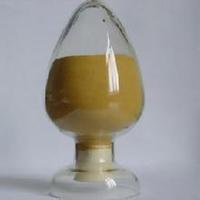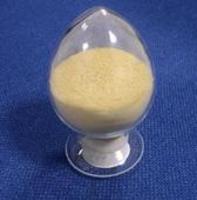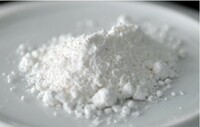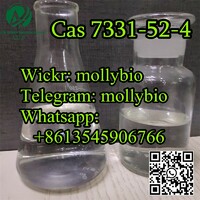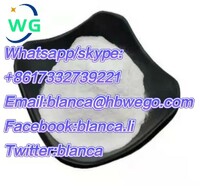4- hydroxy benzaldehyde
Product Quick Detail
- China
- mainland
- Packaging
- N/A
- Delivery
- 15 Days
Specifications
- Country: China (Mainland)
- Business Type:
- Market:
- Founded Year:2010
- Address:No.496,Zhongshan Road, Wuhan, Hubei, China
- Contact:Cassie Lee
Other products from 武汉远程共创科技发展有限公司
Relate products of 4- hydroxy benzaldehyde
Cas No: 137234-87-8 Purity: 99% Appearance: White to off-white powder Molecular formula: C6H7FN2O Molecular weight: 142.13 Application: Pharmaceutical intermediates (Intermediates of Voriconazole) Origin: China ...
Molly Mo Wickr/Telegram: mollybio Whatsapp/Skype : +86 13545906766 molly@whaop.com New GBL liquid Product: (S)-3-Hydroxy-gamma-butyrolactone CAS:7331-52-4 Appearance: Liquid Stock status: In stock Delivery: Within 3 working days Shipping Method: Express,Sea,Air,Special line ...
Quick Details CAS No.: 7331-52-4 Place of Origin: Henan, China Type: Syntheses Material Intermediates Purity: 99%, 99% S(-)-3-Hydroxy-gamma-Butyrolactone Application: Solvent Appearance: Colorless liquid Product name: (S)-3-Hydroxy-gamma-butyrolactone Package: 1kg per Foil Bag, ...


